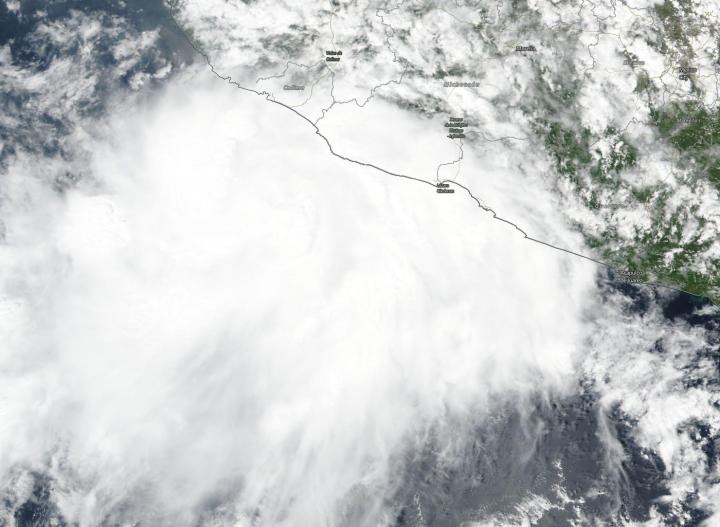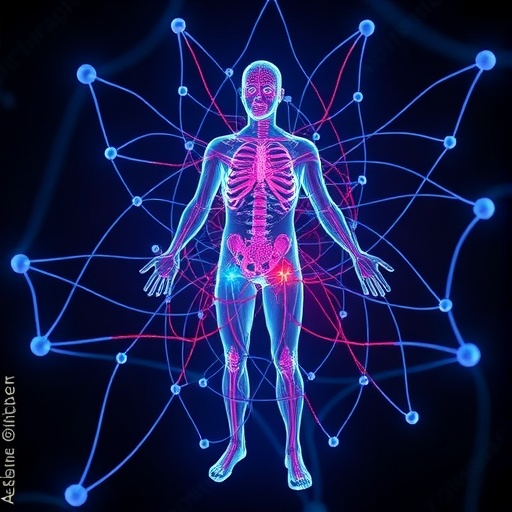
Credit: NASA Worldview, Earth Observing System Data and Information System (EOSDIS)
Imagery from NASA-NOAA’s Suomi NPP satellite found Tropical Storm Lorena lashing the western coast of Mexico.
The Visible Infrared Imaging Radiometer Suite (VIIRS) instrument aboard Suomi NPP provided a visible image of Lorena on Sept. 18 that revealed powerful storms circled the low-level center. The image showed strong bands of thunderstorms sweeping over the coast of western Mexico over the western parts of Michoacan and Colima states. Data from NASA’s Aqua satellite revealed that some of the thunderstorms were over 12,000 meters or 7.4 miles high. NASA research has shown storms high in the troposphere can be strong storms that generate heavy rainfall. It was that heavy rainfall that continued to drench the western coast of Mexico.
Microwave and satellite imagery indicated that the center of Lorena moved along the southwestern coast of Mexico overnight and during the morning of Sept. 19.
Lorena did not move much from the coast since the Suomi NPP satellite image was captured. NOAA’s National Hurricane Center or NHC said, at 11 a.m. EDT (1500 UTC) on Sept. 19 the center of Lorena moved offshore just west of Cabo Corrientes and heavy rains and strong winds continue along the southwestern coast of Mexico.
Coastal sections of the Mexican states of Michoacan, Colima and Jalisco will get 5 to 10 inches with maximum amounts of 15 inches. This rainfall may produce life threatening flash floods and mudslides. Far southern Baja California Sur will get 2 to 4 inches with maximum amounts around 6 inches.
A Hurricane Watch is in effect for Baja California peninsula from La Paz to Santa Fe and a Tropical Storm Warning is in effect for Manzanillo to Punta Mita and for the Baja California peninsula from Los Barriles to Todos Santos.
The center of Tropical Storm Lorena was located near latitude 20.5 North, longitude 105.9 West. Lorena is moving toward the northwest near 10 mph (17 km/h). A turn to the west-northwest is expected tonight, and a west-northwestward motion at a slow forward speed should continue Saturday [Sept. 21]. Maximum sustained winds are near 70 mph (110 kph) with higher gusts. Strengthening is forecast during the next day or so, and Lorena is forecast to regain hurricane strength later today or tonight. The estimated minimum central pressure is 994 millibars.
On the forecast track, the center of Lorena will move over the Pacific waters to the southeast of the Baja California peninsula today and tonight, and then pass near or just south of the southern tip of the Baja California peninsula late Friday and Friday night.
###
Hurricanes are the most powerful weather event on Earth. NASA’s expertise in space and scientific exploration contributes to essential services provided to the American people by other federal agencies, such as hurricane weather forecasting.
For updated forecasts. visit: http://www.
By Rob Gutro
NASA’s Goddard Space Flight Center
Media Contact
Rob Gutro
[email protected]
Original Source
https:/




